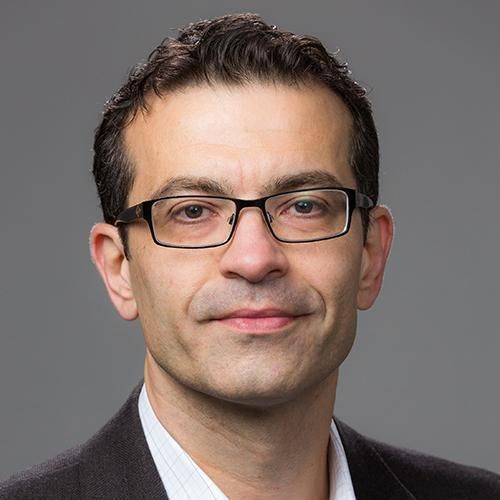
Engineered Myovascular Tissues for Studies of Endothelial/Satellite Cell Interactions.
In the native skeletal muscle, capillaries reside in close proximity to muscle stem cells (satellite cells, SCs) and regulate SC numbers and quiescence through partially understood mechanisms difficult to study in vivo. This challenge could be addressed by the development of a 3-dimensional (3D) in vitro model of vascularized skeletal muscle harboring both a pool of quiescent SCs and a robust network of capillaries. Still, studying interactions between SCs and endothelial cells (ECs) within a tissue-engineered muscle environment has been hampered by the incompatibility of commercially available EC media with skeletal muscle differentiation. In this study, we first optimized co-culture media and cellular ratios to generate highly functional vascularized human skeletal muscle tissues ("myovascular bundles") with contractile properties (∼10 mN/mm2) equaling those of avascular, muscle-only tissues ("myobundles"). Within one week of muscle differentiation, ECs in these tissues formed a dense network of capillaries that co-aligned with muscle fibers and underwent initial lumenization. Incorporating vasculature within myobundles increased the total SC number by 82%, with SC density and quiescent signature being increased proximal (≤20μm) to EC networks. In vivo, at two weeks post-implantation into dorsal window chambers in nude mice, vascularized myobundles exhibited improved calcium handling compared to avascular implants. In summary, we engineered highly functional myovascular tissues that enable studies of the roles of EC-SC crosstalk in human muscle development, physiology, and disease. STATEMENT OF SIGNIFICANCE: In native skeletal muscle, intricate relationships between vascular cells and muscle stem cells ("satellite cells") play critical roles in muscle growth and regeneration. Current methods for in vitro engineering of contractile skeletal muscle do not recreate capillary networks present in vivo. Our study for the first time generates in vitro robustly vascularized, highly functional engineered human skeletal muscle tissues. Within these tissues, satellite cells are more abundant and, similar as in vivo, they are more dense and less proliferative proximal to endothelial cells. Upon implantation in mice, vascularized engineered muscles show improved calcium handling compared to muscle-only implants. We expect that this versatile in vitro system will enable studies of muscle-vasculature crosstalk in human development and disease.
Duke Scholars
Altmetric Attention Stats
Dimensions Citation Stats
Published In
DOI
EISSN
ISSN
Publication Date
Start / End Page
Related Subject Headings
- Tissue Engineering
- Satellite Cells, Skeletal Muscle
- Neovascularization, Physiologic
- Muscle, Skeletal
- Mice, Nude
- Mice
- Humans
- Endothelial Cells
- Coculture Techniques
- Cell Differentiation
Citation

Published In
DOI
EISSN
ISSN
Publication Date
Start / End Page
Related Subject Headings
- Tissue Engineering
- Satellite Cells, Skeletal Muscle
- Neovascularization, Physiologic
- Muscle, Skeletal
- Mice, Nude
- Mice
- Humans
- Endothelial Cells
- Coculture Techniques
- Cell Differentiation

